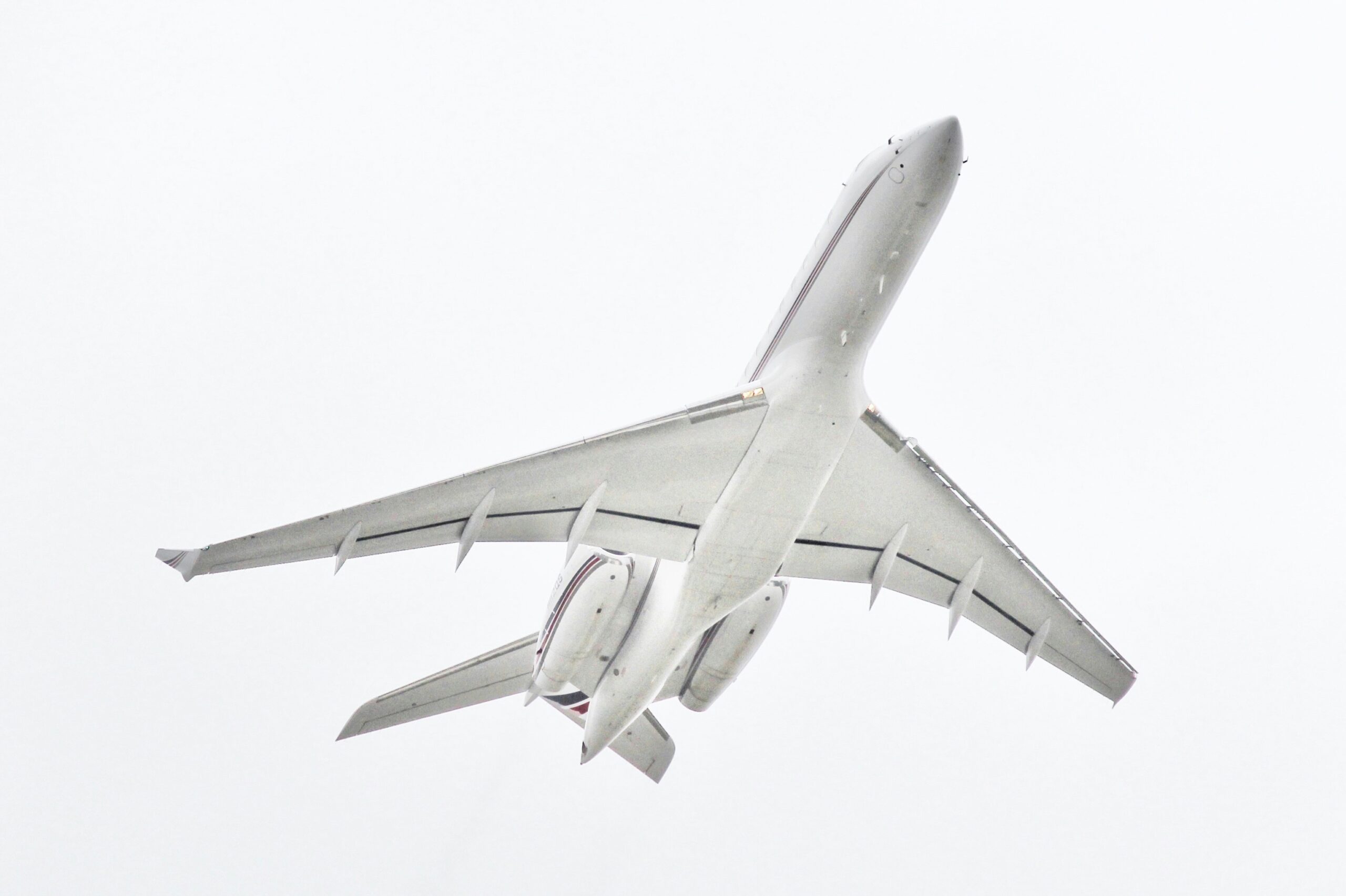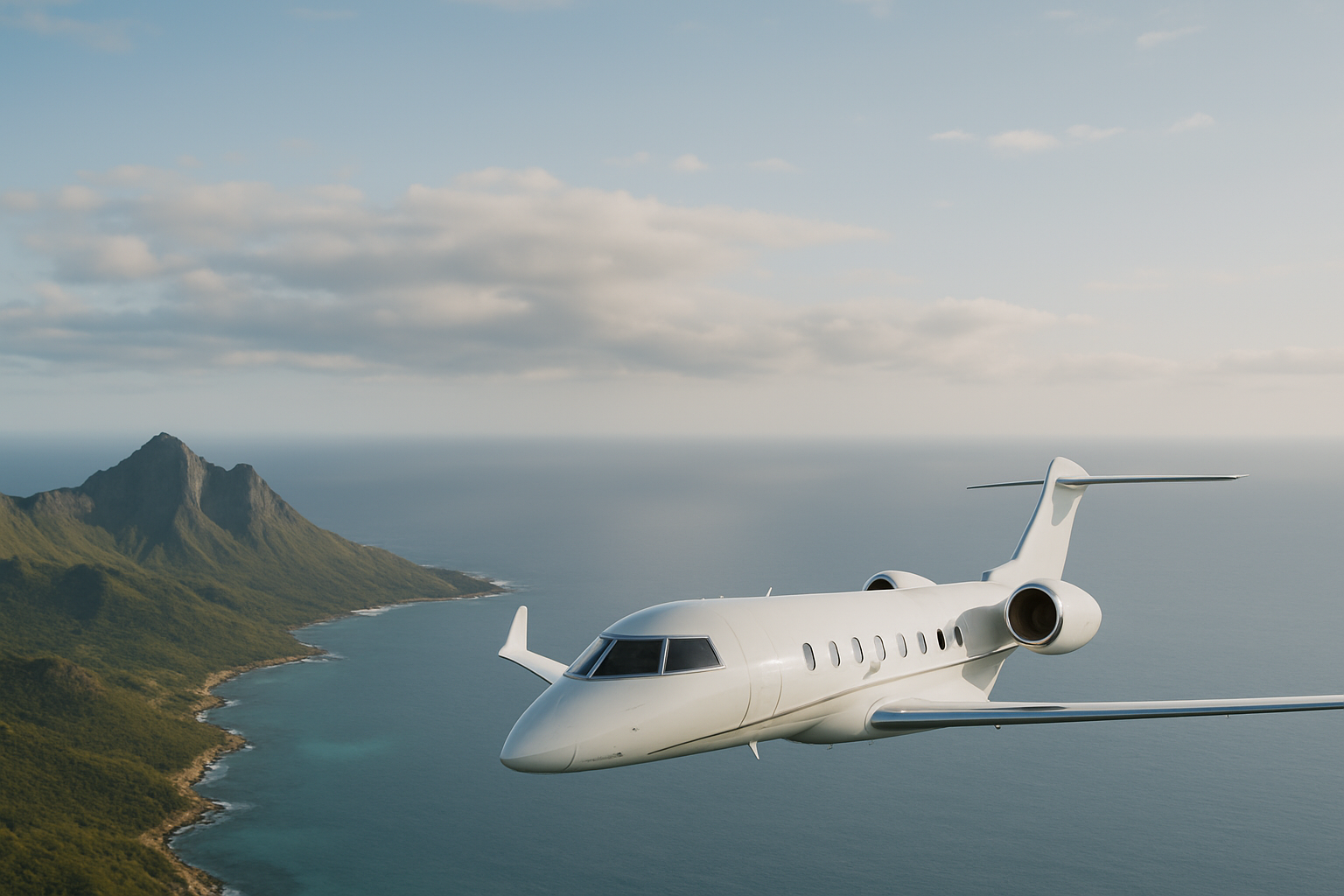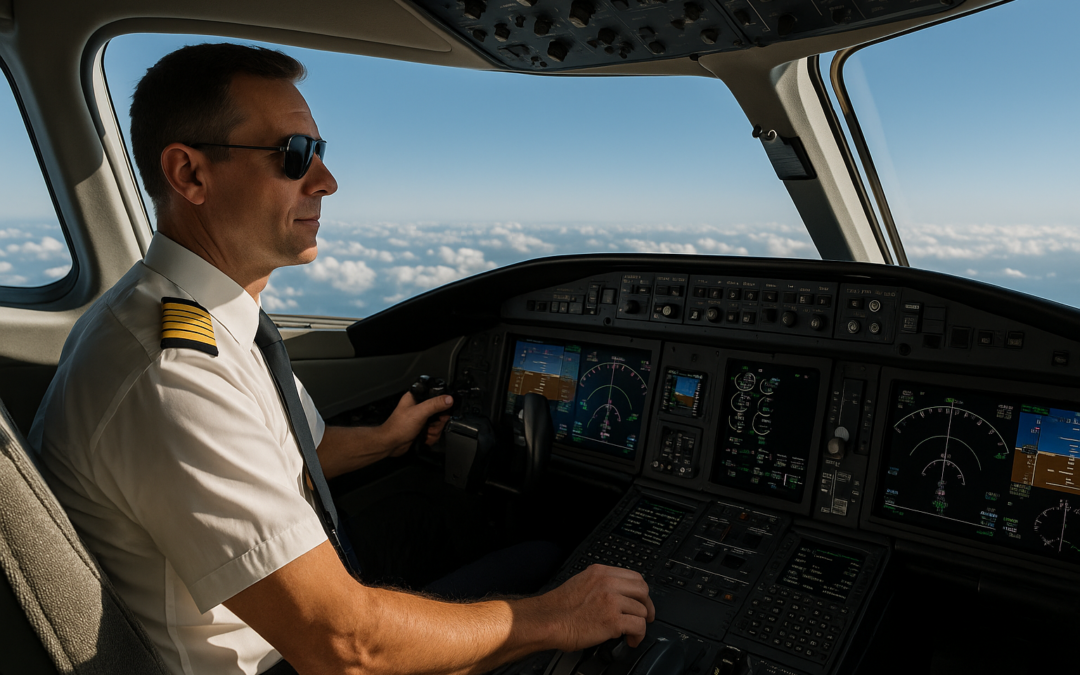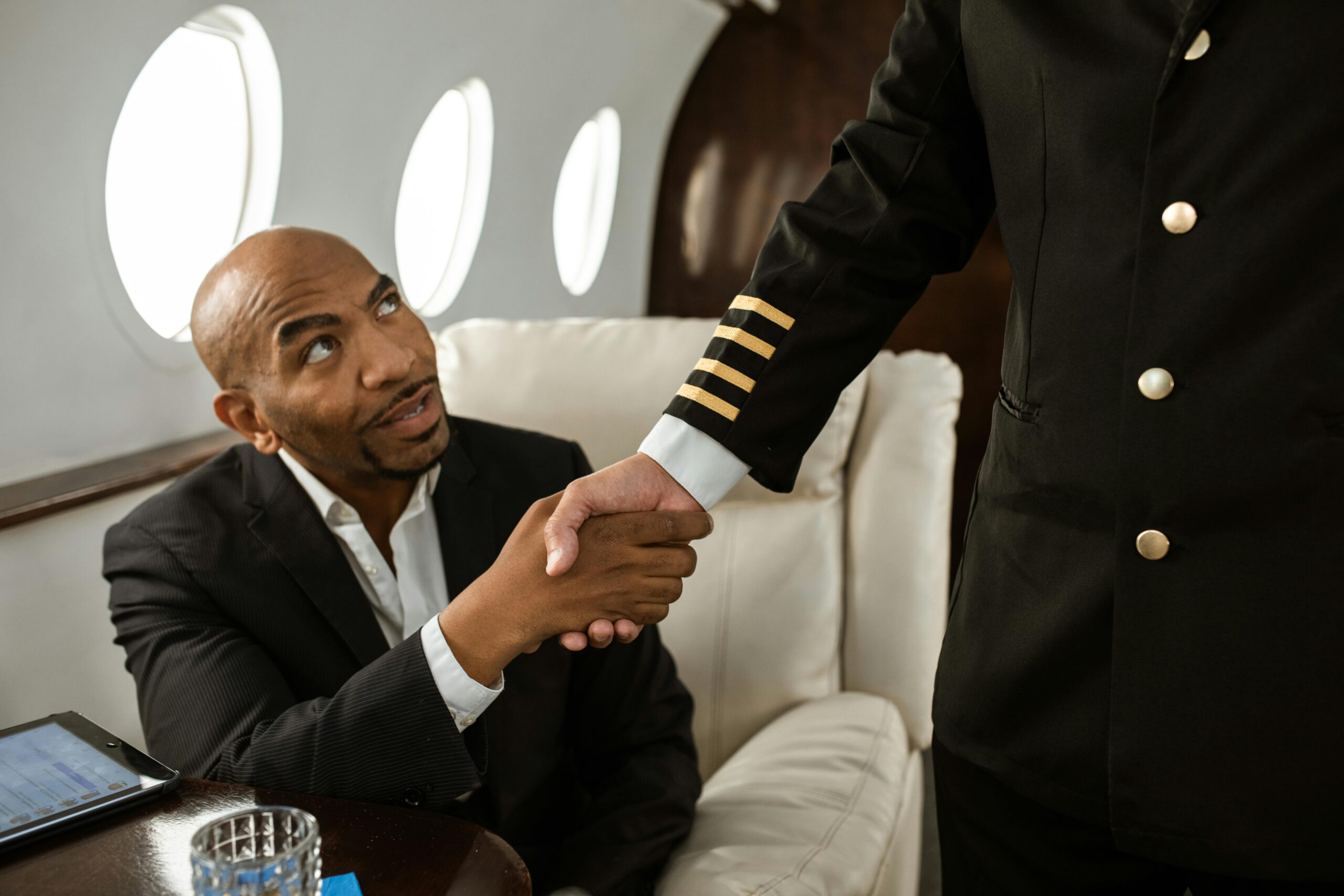When you look up and see a jet gliding through the endless blue, it seems so simple — a machine defying gravity with quiet confidence. Yet behind that calm elegance is a human being who has spent years transforming a dream into mastery.
Pilots are the unseen architects of every journey. They turn turbulence into tranquility, timing into art, and risk into reliability. From early morning departures to midnight landings, they operate in a world where precision is survival — and grace is expected.
At JetsOnset, we believe that true luxury in aviation isn’t just about the aircraft; it’s about the people who command it. The pilots who make the sky feel effortless are not just professionals — they are perfectionists, innovators, and guardians of trust.
🌍 From Childhood Dreams to Runway Reality

Every great pilot begins with a dream — one that often starts in childhood, looking up at the sky and wondering what it feels like to control the clouds. But while the dream may be born in simplicity, turning it into reality demands years of discipline, sacrifice, and resilience.
Becoming a pilot isn’t a single step; it’s a journey of thousands of hours. Most pilots begin their path in flight academies where they must first earn a Private Pilot License (PPL) — a process requiring around 45–70 hours of flight trainingunder strict supervision. From there, they advance to the Commercial Pilot License (CPL), which involves at least 200 total flight hours, medical certifications, navigation exams, and emergency procedure training.
But even with the licenses, the sky doesn’t open easily. New pilots often spend years building hours — flying cargo, instructing students, or assisting in co-pilot roles before they ever take command of a passenger aircraft. For every graceful takeoff you see, there are thousands of hours of practice, exams, and sleepless nights that came before it.
What separates a pilot from the rest of us isn’t just technical knowledge — it’s mindset. The sky rewards focus, humility, and calm under pressure. It’s not a career for the impatient; it’s a lifelong discipline shaped by precision, passion, and an unshakable sense of responsibility.
Because before a pilot learns to fly, they must first learn to trust — the wind, the machine, and themselves.
⚙️ Where Skill Meets Nerve — The Making of a Pilot

If flying were only about pushing buttons, anyone could do it. But real piloting lives at the intersection of skill and nerve — where milliseconds matter, and calm becomes a form of strength.
To become trusted with an aircraft worth tens of millions of dollars, pilots must undergo one of the most rigorous training processes in the world. Every motion is studied, every scenario simulated. Before commanding a jet, a pilot spends hundreds of hours in full-motion simulators, practicing everything from engine failure during takeoff to crosswind landings and rapid decompression at 40,000 feet.
Their minds are trained as much as their hands. Pilots are taught to process multiple streams of data simultaneously — altitude, speed, wind, navigation, fuel flow, air traffic control — and make split-second decisions with no margin for hesitation. In this world, one degree off course can mean miles of deviation.
But the true test isn’t just technical — it’s psychological. Pilots are evaluated on decision-making under pressure, emotional stability, and crew coordination. A calm voice and clear mind are as vital as the ability to read instruments.
Every certified pilot has faced moments that would freeze most people — alarms blaring, crosswinds howling, or systems blinking red. Yet they remain composed, measured, and methodical. That is what transforms flying from a skill into an art — and a pilot into a professional.
Because the difference between fear and mastery is not luck. It’s training — and the courage to trust it.
☁️ The Calm Above the Chaos
At 40,000 feet, the world feels peaceful. The clouds stretch endlessly, sunlight paints the wings, and the cabin hums with quiet luxury. For passengers, it’s serenity — but for pilots, it’s a symphony of focus, awareness, and constant adjustment.
The sky is never the same twice. Temperatures shift, winds change direction in seconds, and storms can appear where there was calm just minutes before. Pilots read these invisible signals — changes in air pressure, jet streams, and radar feedback — like musicians reading notes. It’s a language of motion that only experience can translate.
During long-haul or private flights, pilots must stay alert for 10 to 14 hours straight, maintaining constant communication with air traffic control, monitoring systems, and recalculating routes to ensure fuel efficiency and safety. Even while everything looks calm, their minds are in motion — anticipating, calculating, preventing.
And yet, they make it look effortless. That’s the beauty of aviation at its highest level: precision hidden beneath grace. The best pilots are like artists — their calm is not the absence of pressure, but the mastery of it.
Flying, after all, isn’t just about movement through air. It’s about control in the face of chaos — and elegance in the presence of uncertainty.
🛩️ Not Just Flying — Commanding the Sky

Flying is a science. But commanding the sky — that’s leadership.
Every flight is a test of both machine and mind. While technology has evolved to assist pilots, it has never replaced them. Modern jets are filled with automation, yet at the heart of every successful flight is still a human being — one who can make a decision faster than any algorithm when the unexpected happens.
In the cockpit, there is no “pause” button. Pilots must think, act, and lead — often in silence, often unseen. They manage complex systems, weather data, flight paths, and sometimes even passenger emotions, all while maintaining an atmosphere of calm authority.
Commanding the sky means more than steering an aircraft; it’s about mastering balance. Balancing precision with instinct, confidence with humility, and discipline with adaptability. It’s knowing that every small decision — from adjusting altitude to choosing a new route — affects not just the journey, but lives.
That’s why true pilots are not just operators of machines — they are orchestrators of experiences. They turn uncertainty into elegance, and complexity into comfort.
And while most of us only see the polished luxury of a flight, the pilot sees something else — a living system of motion, timing, and trust. To them, flying isn’t about going from point A to point B. It’s about maintaining harmony between human precision and the power of nature itself.
Because in the sky, leadership isn’t about control. It’s about calm.
💼 Private Jet Pilots — The Elite of the Elite
If commercial pilots are masters of efficiency, private jet pilots are masters of experience.
In luxury aviation, the sky isn’t just a route — it’s a stage where precision meets personalization.
Private jet pilots don’t simply transport passengers; they curate the entire atmosphere of a journey. Every flight begins long before takeoff — with pre-flight checks tailored to the client’s preferences, personalized weather assessments, and discreet route adjustments designed for smoother, quieter travel.
Unlike commercial crews, private jet pilots often operate smaller, faster, and far more complex aircraft, such as the Gulfstream G700, Bombardier Global 7500, or Dassault Falcon 8X — machines built for performance, speed, and absolute comfort. Each one demands unmatched technical mastery and adaptability.
Their professionalism extends beyond the cockpit. They greet passengers by name, adapt flight timing to clients’ schedules, and often serve as the first and last human connection of the entire journey. In their world, precision is expected, but discretion is sacred.
Many private jet pilots hold Type Ratings for multiple aircraft categories — a qualification that takes months of simulator training and advanced evaluation. They undergo annual recertifications, emergency scenario simulations, and continuous instruction in aviation law and client privacy.
The difference is invisible, yet undeniable:
while others fly for airlines, these pilots fly for trust.
🕶️ JetsOnset Pilots — Precision, Discretion, Perfection
At JetsOnset, our pilots represent more than aviation excellence — they embody an attitude. Calm under pressure, refined in demeanor, and relentlessly committed to perfection, they are the living definition of what it means to fly with confidence and class.
Each JetsOnset pilot is hand-selected through a process far beyond standard certification. In addition to EASA and FAA commercial licenses, they undergo JetsOnset Signature Training, an internal program focused on precision flight operations, elite customer etiquette, and next-level crisis management. Because at our altitude, professionalism is not optional — it’s expected.
Our captains are trusted with the world’s most advanced aircraft — Gulfstream, Bombardier, and Dassault models — and they treat each journey as a craft, not a commute. From the moment engines start, every detail — from throttle control to communication tone — is guided by our three pillars:
Precision. Discretion. Perfection.
JetsOnset pilots understand that true luxury isn’t loud — it’s seamless. You’ll never hear chaos in their voices, only calm direction. You’ll never notice the turbulence, only the smooth continuity of motion. And that’s the art of aviation at its highest form — where excellence feels effortless.
Because when you fly with JetsOnset, you’re not just reaching a destination.
You’re entering a world designed by professionals who make perfection look easy.
💎 Where Luxury Meets Trust
Luxury means nothing without trust.
At JetsOnset, every flight begins with a promise — absolute discretion, safety, and seamless experience from takeoff to touchdown.
Our clients include business leaders, diplomats, artists, and families who value time, privacy, and precision. They choose JetsOnset not because we fly — but because we understand. We understand that trust cannot be requested; it must be earned — one perfect flight at a time.
Every member of our flight team is trained to anticipate needs before they’re spoken. From route planning to cabin atmosphere, every moment is personalized with silent precision. This is what transforms aviation into elegance — when the details you never notice are the ones that define the experience.
In a world where luxury is often loud, JetsOnset chooses silence — the quiet confidence that comes from knowing you’re in the safest, most capable hands in the sky.
🌠 More Than a Flight — It’s a Signature Experience
Flying with JetsOnset is not just movement between destinations. It’s a statement of how you choose to travel — with grace, calm, and confidence.
Every journey is orchestrated like a symphony:
the pilot’s steady control, the cabin’s quiet rhythm, the horizon unfolding endlessly ahead. It’s not just air travel — it’s emotion turned into motion.
Our philosophy is simple: every detail matters.
Because perfection is not an act; it’s a habit — one that defines who we are and how we fly.
JetsOnset is not just another private jet company.
It’s where passion meets precision.
Where expertise becomes art.
Where you don’t just arrive — you arrive in style.
💼 Private Jet Pilots — The Elite of the Elite
If commercial pilots are masters of efficiency, private jet pilots are masters of experience.
In luxury aviation, the sky isn’t just a route — it’s a stage where precision meets personalization.
Private jet pilots don’t simply transport passengers; they curate the entire atmosphere of a journey. Every flight begins long before takeoff — with pre-flight checks tailored to the client’s preferences, personalized weather assessments, and discreet route adjustments designed for smoother, quieter travel.
Unlike commercial crews, private jet pilots often operate smaller, faster, and far more complex aircraft, such as the Gulfstream G700, Bombardier Global 7500, or Dassault Falcon 8X — machines built for performance, speed, and absolute comfort. Each one demands unmatched technical mastery and adaptability.
Their professionalism extends beyond the cockpit. They greet passengers by name, adapt flight timing to clients’ schedules, and often serve as the first and last human connection of the entire journey. In their world, precision is expected, but discretion is sacred.
Many private jet pilots hold Type Ratings for multiple aircraft categories — a qualification that takes months of simulator training and advanced evaluation. They undergo annual recertifications, emergency scenario simulations, and continuous instruction in aviation law and client privacy.
The difference is invisible, yet undeniable:
while others fly for airlines, these pilots fly for trust.
İ


Recent Comments